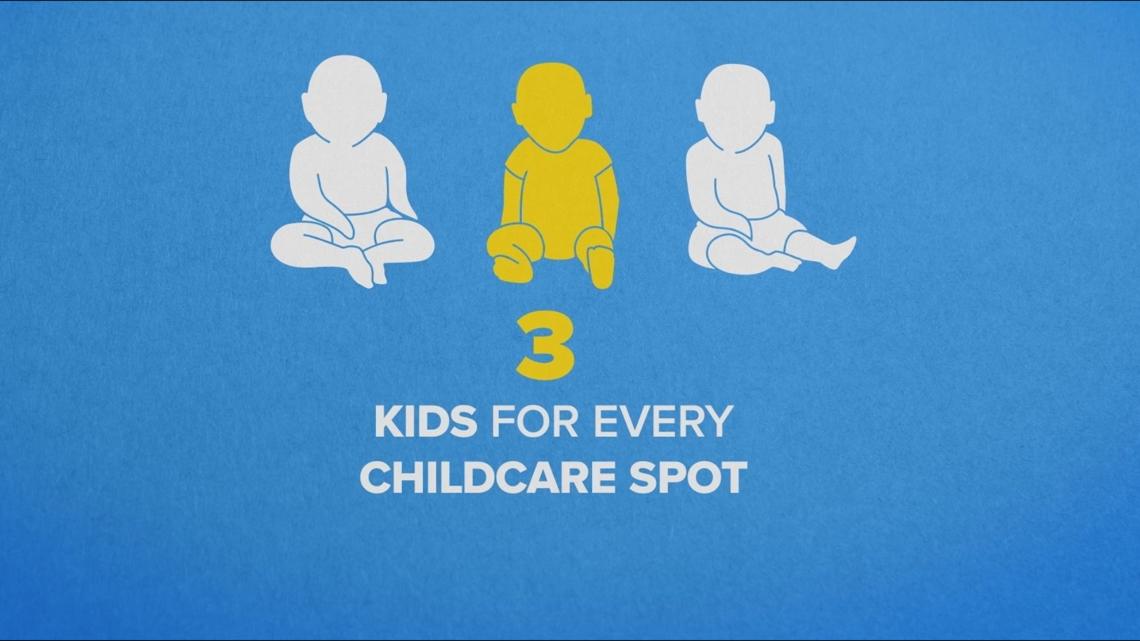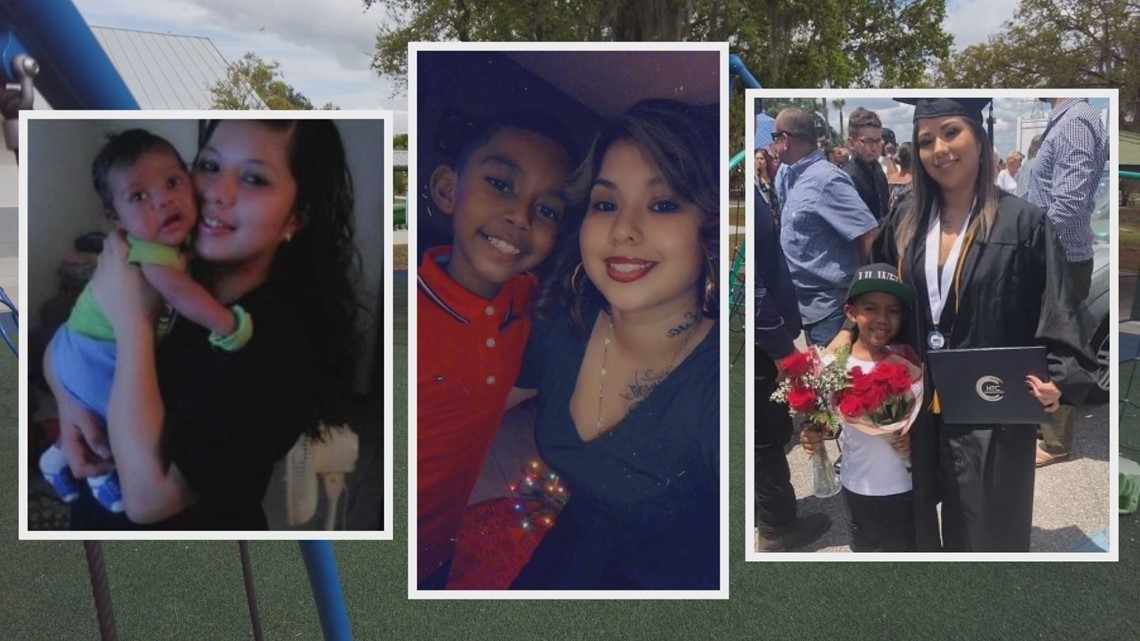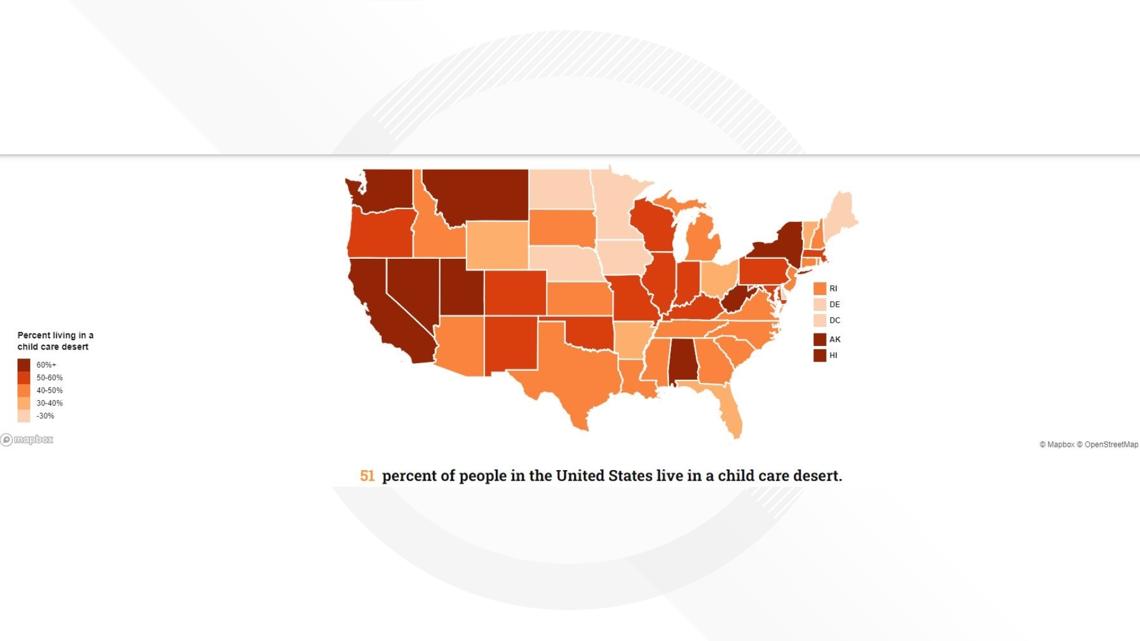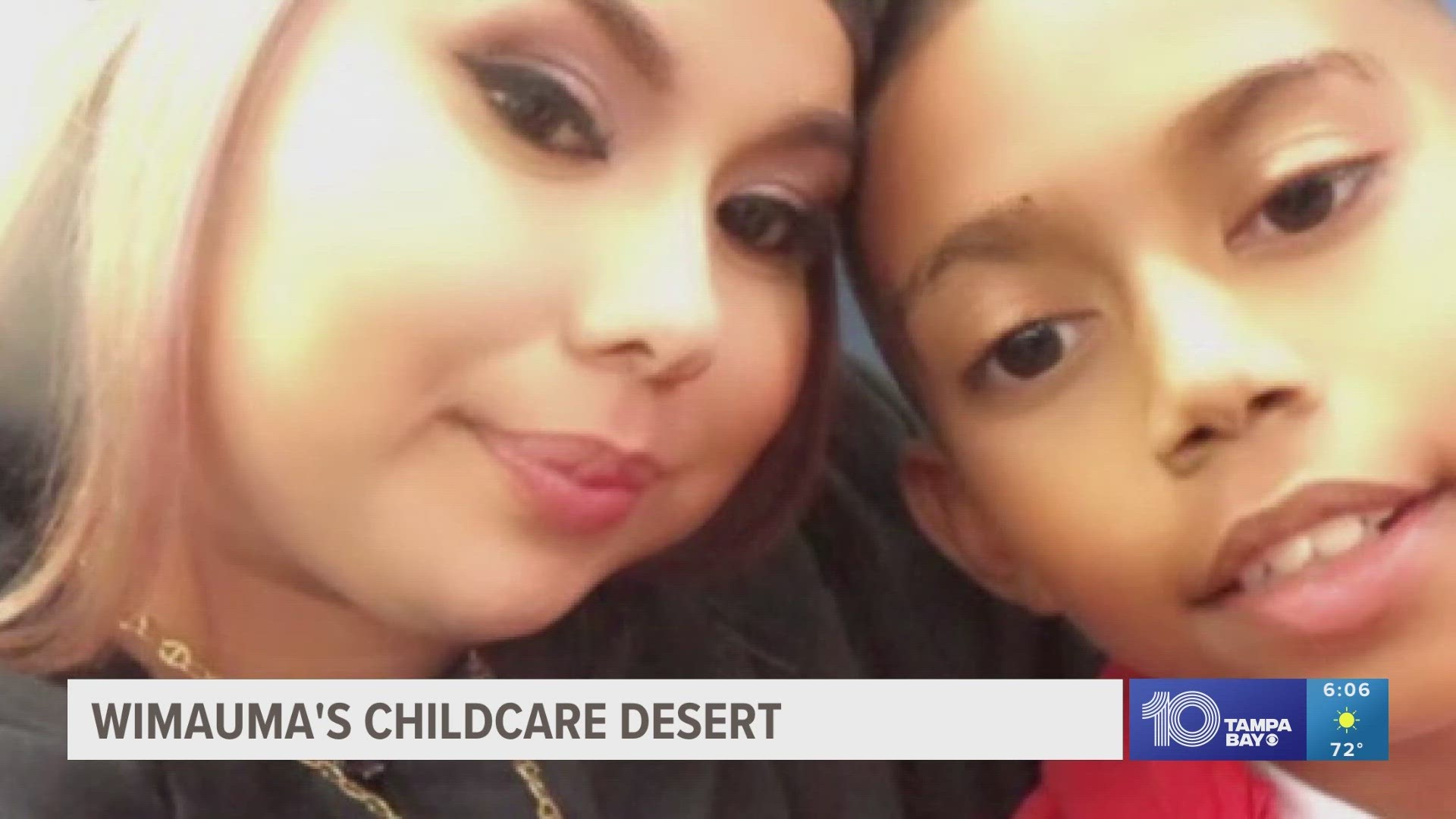WIMAUMA, Fla. — Wimauma might not look like a desert, but it is. The predominantly Hispanic rural community in Hillsborough County is a “child care desert.”
That means Wimauma has a massive gap between supply and demand when it comes to child care facilities.
Ludovina Moronta told 10 Investigates finding affordable child care in Wimauma for her two sets of twins has been a struggle.
“It was a real challenge because we don't have enough providers. And we have a lot of waitlists,” she said.
Affording child care for one kid is hard enough; Moronta is trying to handle four at the same time.
“When they told me, like, $1,000-something for each, I was like, how am I going to make that money?... Every month,” she said.


Moronta said she’s coping in two ways: praying and putting her career on hold.
“If we don't have child care for our kids, then we can’t make the money. If we can’t make the money, then we don't have an income. If we don't have an income, how are we going to support our community, our kids, and get back to everything?” she said.
Population data from the Hillsborough County Planning Commission shows Wimauma has 1,350 kids under 5 years old.
10 Investigates compared that to data from the Department of Children and Families, showing there are 463 spots in licensed child care facilities for that age range.
That’s a ratio of three kids for every child care spot.


“Our work is about economic prosperity. And so, the lack of child care for them is a barrier toward that prosperity,” said Liz Gutierrez, founder and CEO of Enterprising Latinas in Wimauma.
Gutierrez said the community’s lack of child care options hurts families and the economy.
“You can't give yourself into the work that you're doing if you're concerned and afraid because you didn't have child care for your child. And we see that often,” she said.
Wimauma mama Mellissa Castaneda told 10 Investigates she worked multiple jobs while going to culinary arts school to afford child care for her son Ricco.
“I would literally come home and cry because I'm just so stressed out. And I'm like, how am I going to do this? Like, I'm tired. I miss my son. You know, I feel like I was missing out on moments with him and stuff like that,” Castaneda said.


The Center for American Progress defines a child care desert as a place with more than three-times as many children as licensed child care slots.
Its research found 51% of people in the U.S. live in a child care desert. In Florida, it’s 38%.
“I think people should really be concerned,” said Casey Peeks, the Center for American Progress’s Senior Director of Early Childhood Policy. “It is a very expensive business to run. And so, a lot of our child care providers are running on razor-thin margins in which they can't pay their providers and their educators a living wage,” Peeks said.


This report from the Council for a Strong America estimates the infant and toddler child care crisis costs the U.S. $122 billion a year in lost earnings, productivity and revenue.
“The solutions are definitely robust public investment. It's a system that cannot survive and thrive without robust federal funding, as well as state funding,” Peeks said.
She said Americans can see what’s working overseas, like a year of paid parental leave and government-funded child care.
“I think a lot of other countries look at child care in those first five years very similar to maybe how we think about K-12, where it's, like, universal and free and available to all children who need it,” Peeks said.
In the meantime, Enterprising Latinas, Inc. is taking matters into their own hands.
“The plan is to build a 25,000-square-foot facility onsite. And the anchor to the entire building will be our child care center… We hope that others will join us and be able to think about creating child care centers also throughout the community,” Gutierrez said. “This idea of us being an anchor institution in this community is one that brings me tremendous pride.”
You can explore a searchable, interactive map of child care deserts here.

